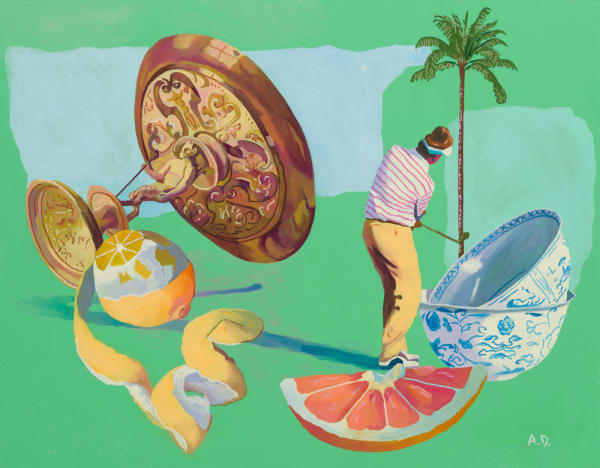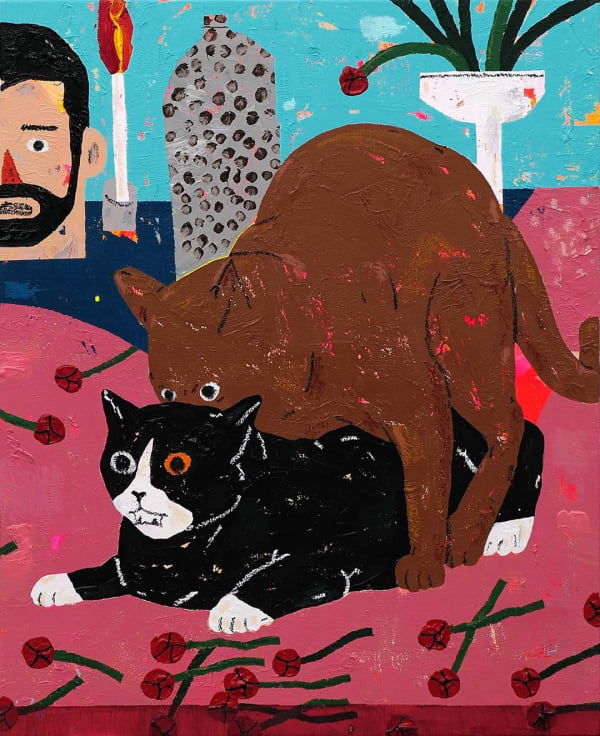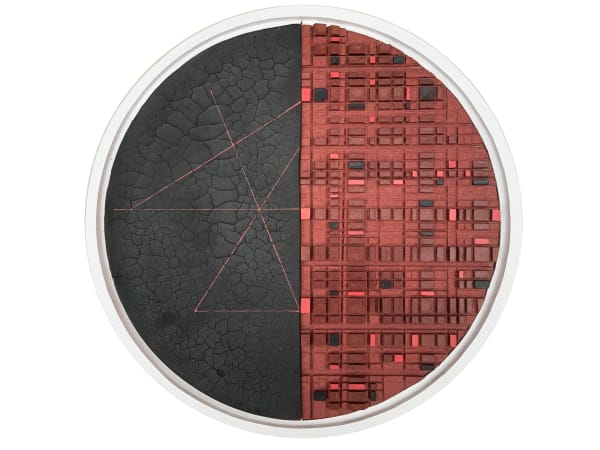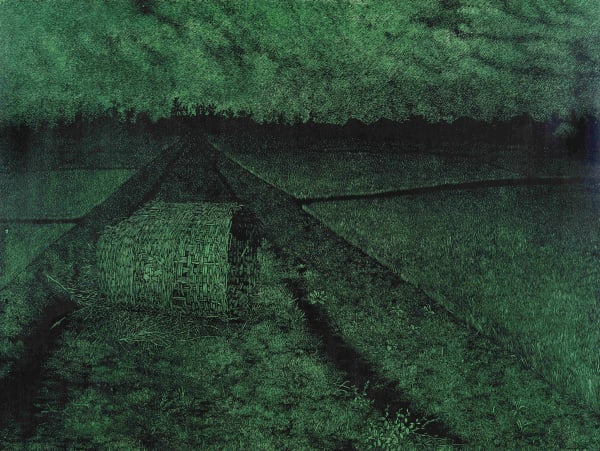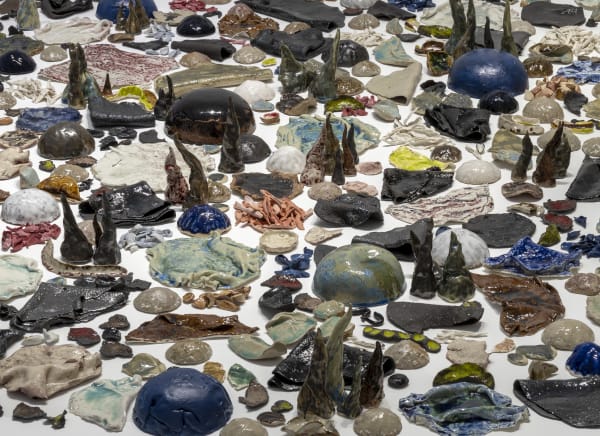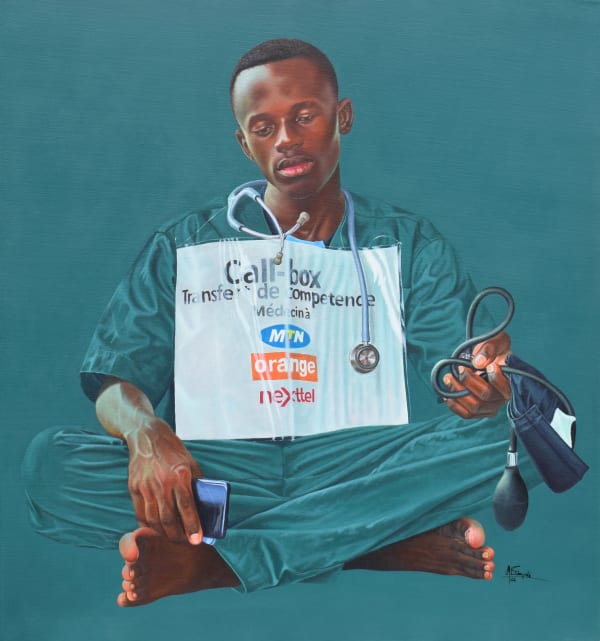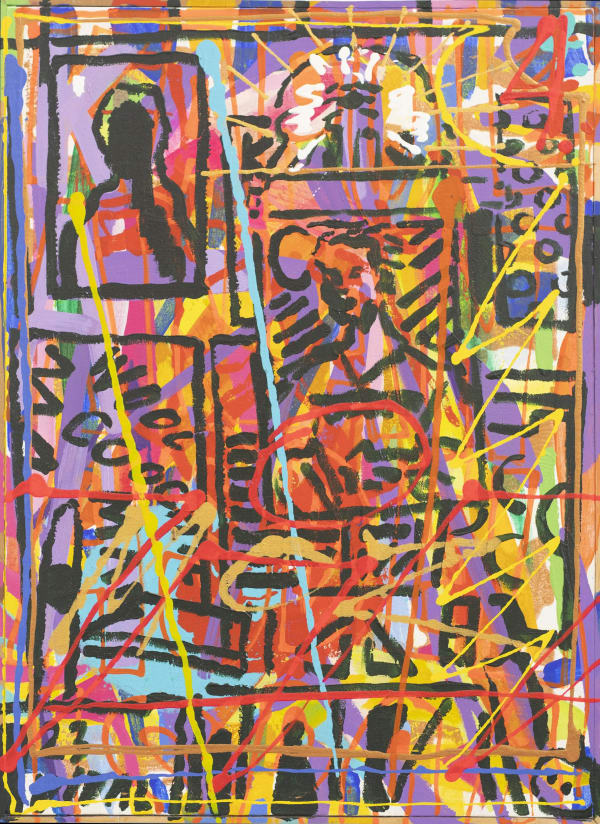-

Ben Arpéa
-

Valentina Canseco
-

Aldo Chaparro
-

Joana Choumali
-
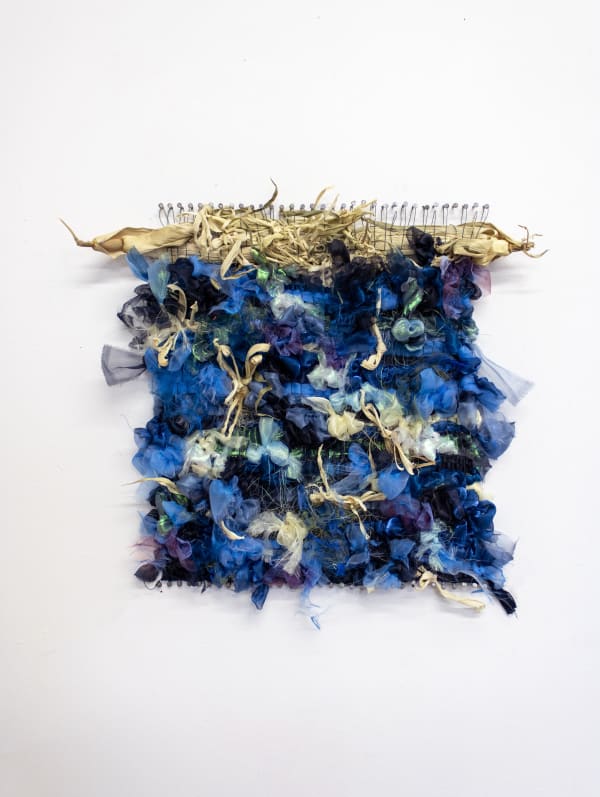
Zoila Andrea Coc-Chang
-
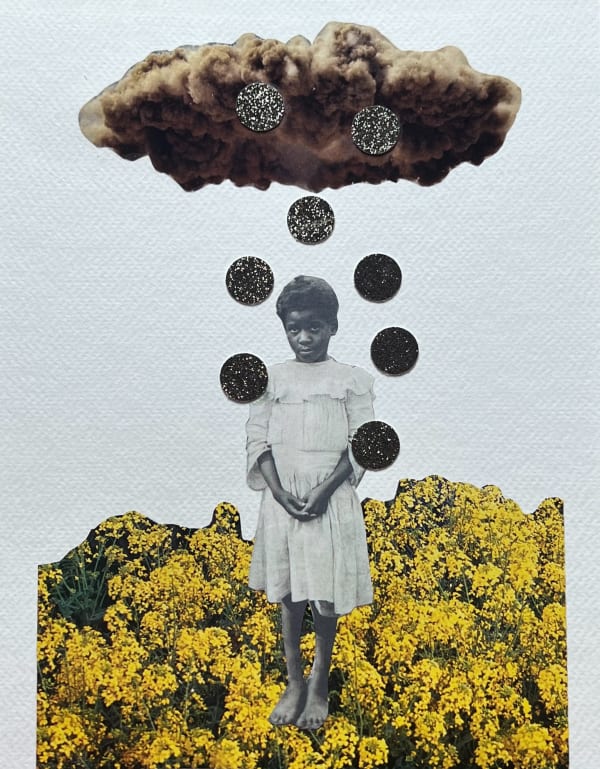
Christa David
-

Modou Dieng Yacine
-
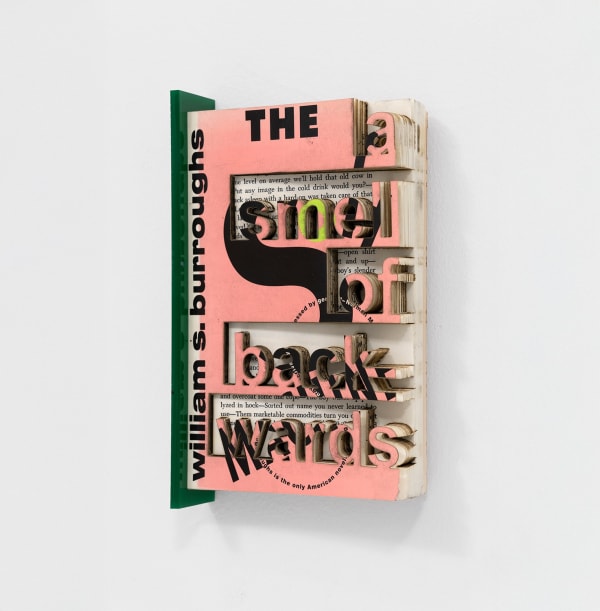
Rafael Domenech
-

Sesse Elangwe
-

Jade Fenu
-

Adler Guerrier
-

Hassan Hajjaj
-
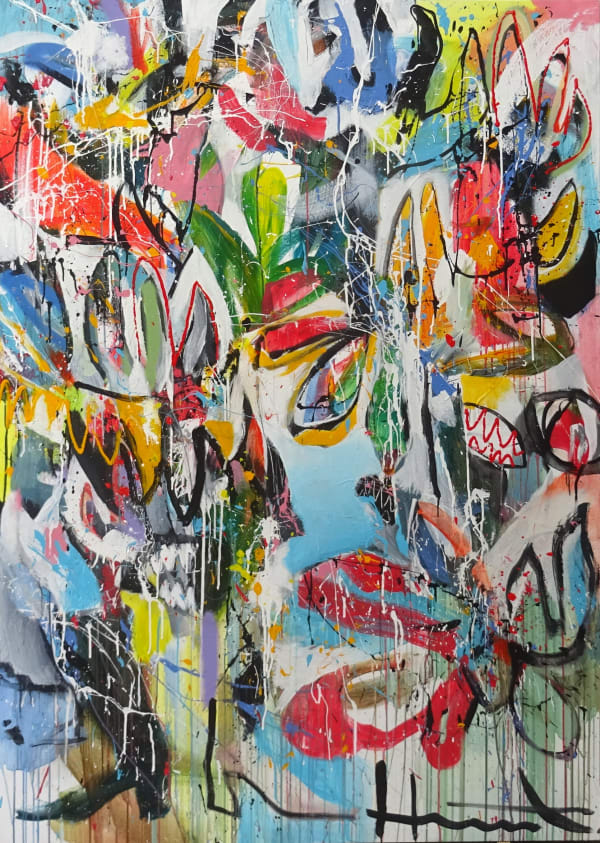
Jean-Marc Hunt
-
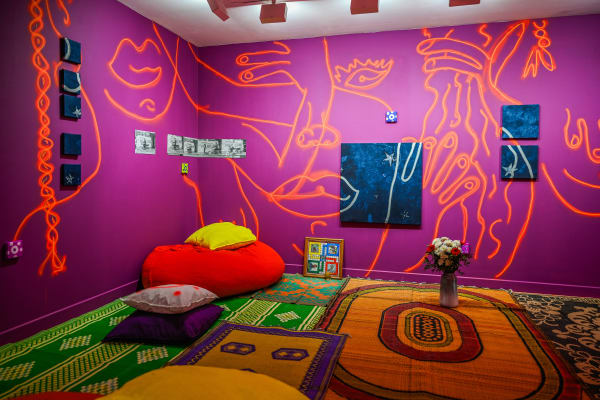
Roxane Mbanga
-

Thandiwe Muriu
-

Shinji Nagabe
-

Hyacinthe Ouattara
-
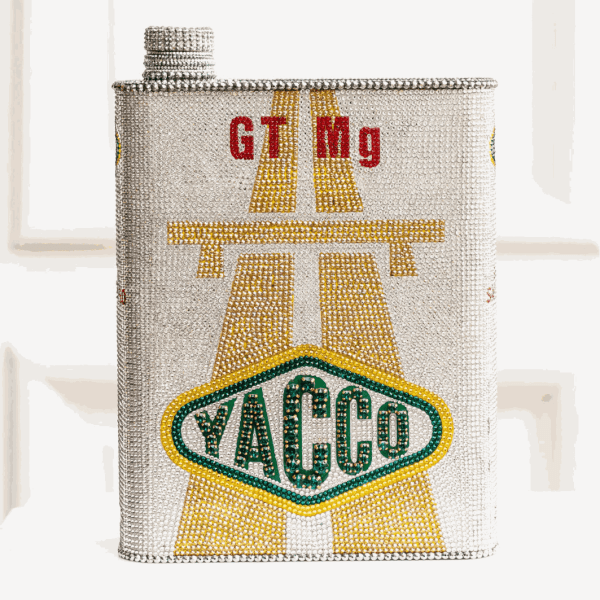
Shourouk Rhaiem
-

Javier Toro Blum
-

Rob Tucker
-
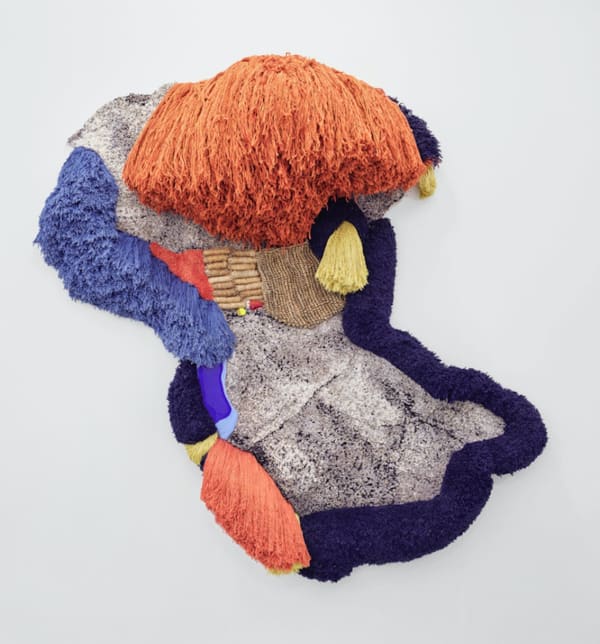
Lorenzo Vitturi
Represented Artists
Exhibited Artists
Join our mailing list
* denotes required fields
We will process the personal data you have supplied in accordance with our privacy policy (available on request). You can unsubscribe or change your preferences at any time by clicking the link in our emails.

